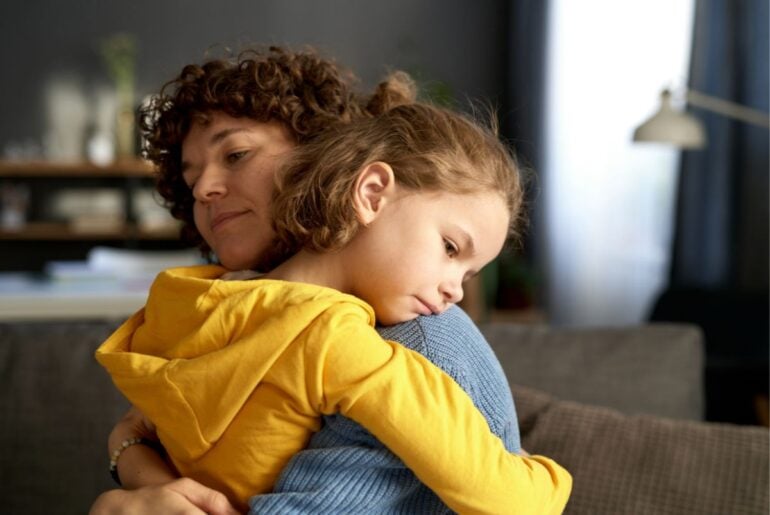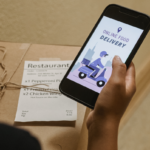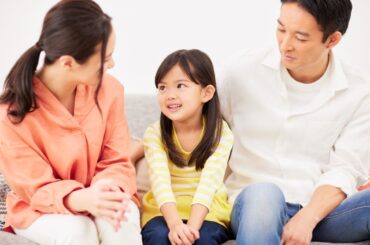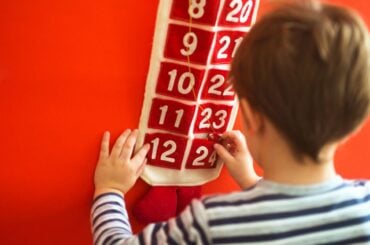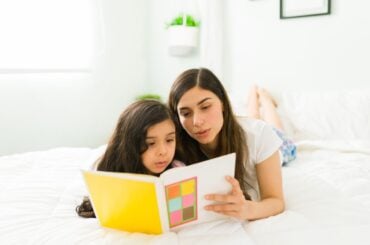From the California wildfires to hurricane-induced flooding across the South, it seems as though there has been no shortage of distressing natural disasters in recent months. It’s hard to know how to wrap your head around the devastation as an adult, far less a child. But the reality is that due to climate change and worsening environmental stressors, we need to talk to our children about these events in ways that are honest yet reassuring.
Kids are far more aware of what’s happening in the world than we tend to realize — picking up bits and pieces of information from overheard conversations, social media, or chatting with friends. But without proper guidance, this info runs the risk of becoming disinfo that can fuel anxiety and misconceptions.
If your child tends to fret over what they hear is happening in the world, it’s important to take the opportunity to help them understand what natural disasters are while building their emotional resilience and sense of safety. The following guide will help you navigate these challenging but necessary conversations while providing age-appropriate strategies to address their fears and process difficult emotions.
Understanding your child’s perspective
It’s important to realize that your child most likely knows more than you think they do, despite your best efforts to shield them. The first step is to talk to them to get a sense of what they do know, and clarify any fears or concerns they have.
Dr. David Schonfeld, a pediatrician and professor of clinical pediatrics at University of Southern California, says opening the conversation in clear and simple language is best. “Start by telling them what you already know in simple and clear terms. For example, ‘there is a fire. It’s not so close to us right now that we have to be worried that we’re in danger, but it does mean that we should leave the house just in case it spreads,’” says Dr. Schonfeld in the American Academy of Pediatrics’ Healthy Children Podcast.
Talk it out
Even if a disaster has not occurred where you live, your child can still be fearful of it happening to them or people they know. Talk to your child about what they’ve already heard in the news or from their peers. Do your best to avoid speculation and going into too much detail as to what might happen beyond what you know at the moment. Here are several steps you can take to assuage your child’s worries, plus example scripts of what to say:
Reassure: “There are lots of people whose job is to keep us safe… like weather forecasters and firefighters. They watch the weather and help keep us safe before, during, and after any bad storms. So, if anything happens, there are people ready to help.”
Be honest about climate change: “But you’re right to notice that there have been a lot of big storms, floods and fires on the news. That’s because the world is getting hotter, mostly because big companies and factories are polluting the air and water. That’s called climate change.”
Share hope and solutions: “The good news is that people are working on solutions, like using solar power and electric school buses to help make things better. And grown-ups can do things like voting for leaders who will make those big companies clean up their messes and stop polluting. Changes like that give me a lot of hope that we can make the planet healthier.”
Get them involved at home: “Plus, there are things we can do here at home to help, too… every bit helps, and we should all do our part to fight climate change! Do you want to start a small compost bin or help me sort the recycling?”
By creating a safe space for questions, offering age-appropriate explanations, and involving them in positive actions, you’re not only addressing their immediate concerns but also building their resilience for the future. The environmental challenges we face may seem insurmountable at times, but raising informed, environmentally conscious kids is one of the best ways we can contribute to a more sustainable world.

